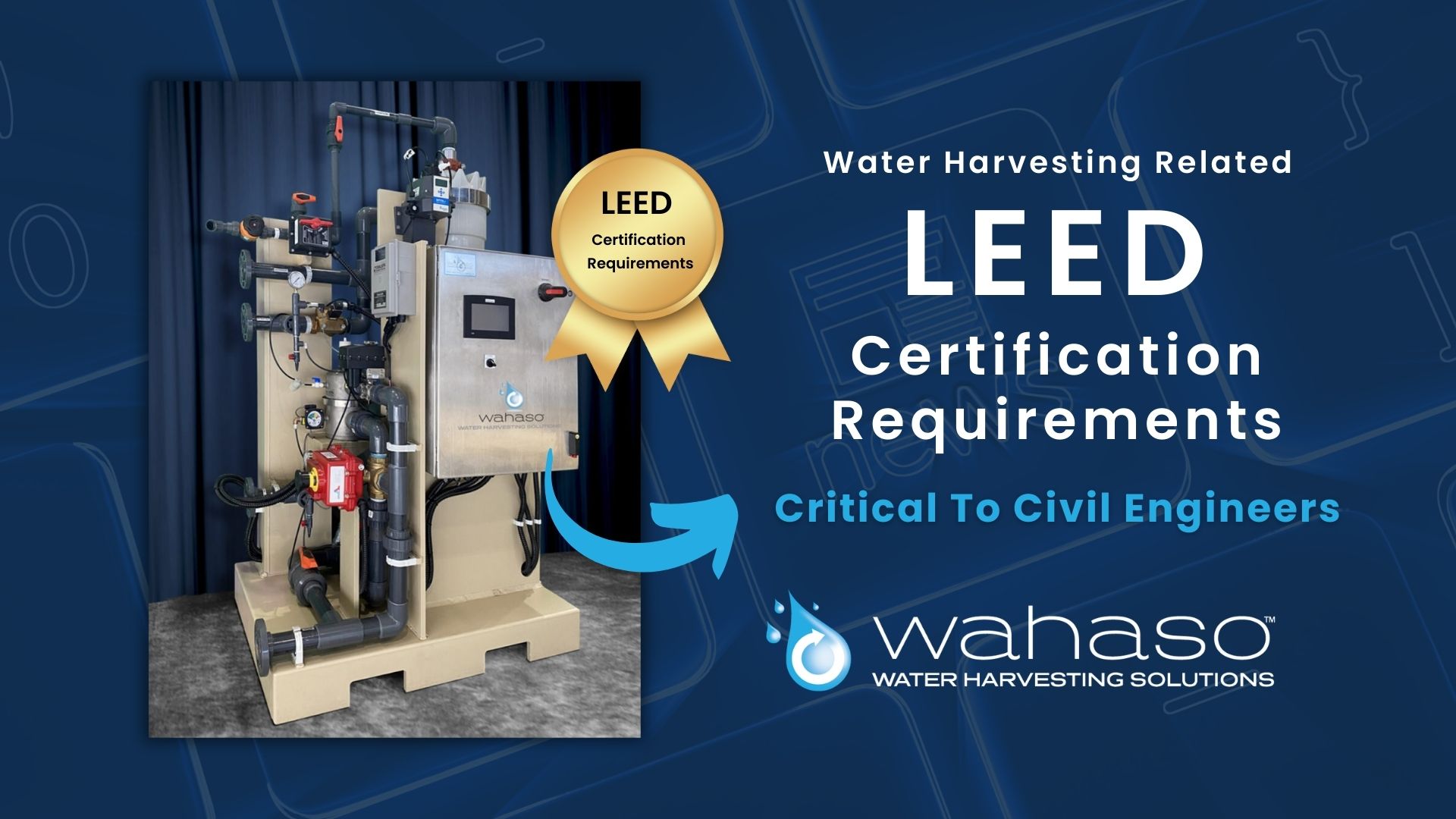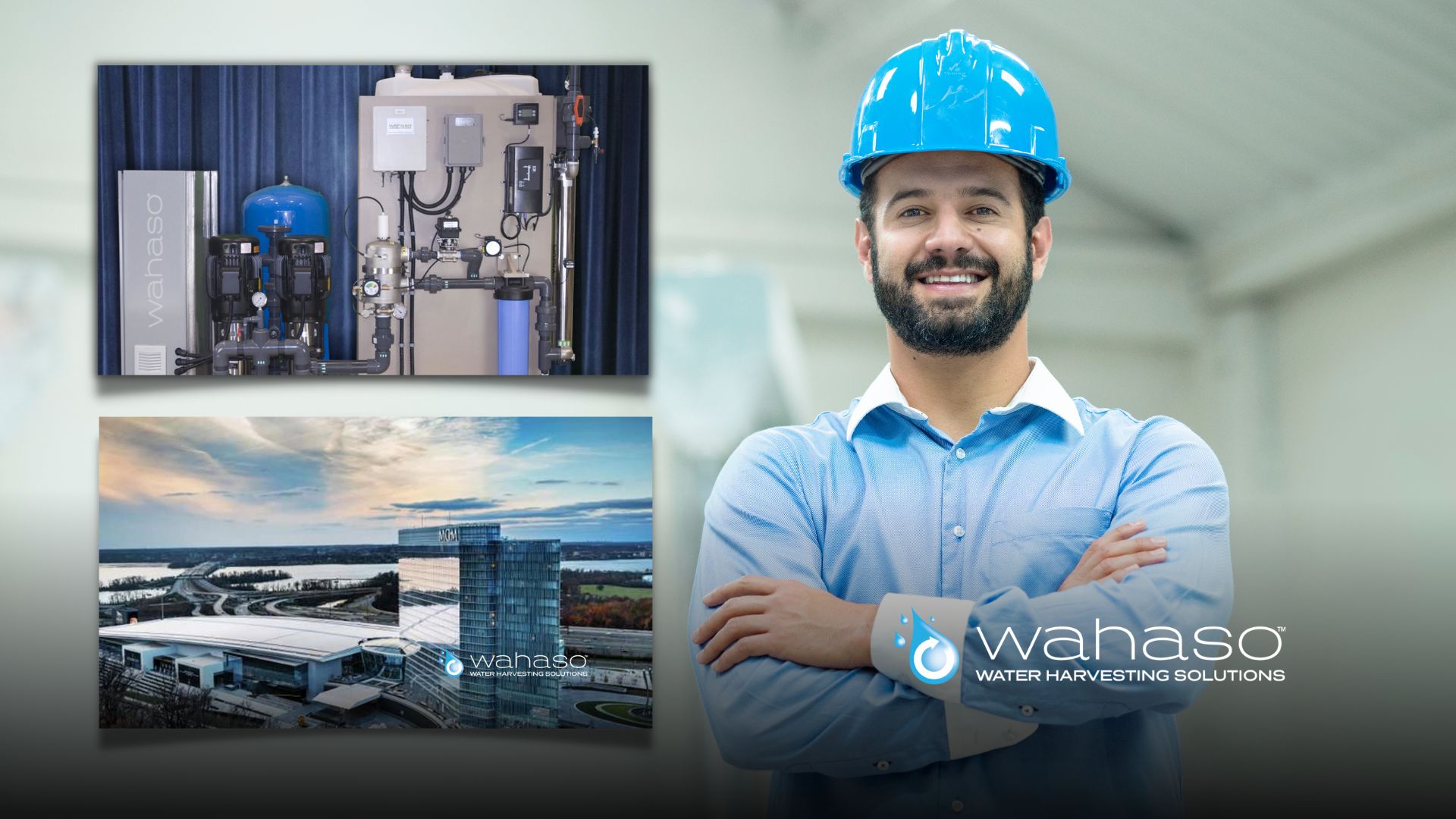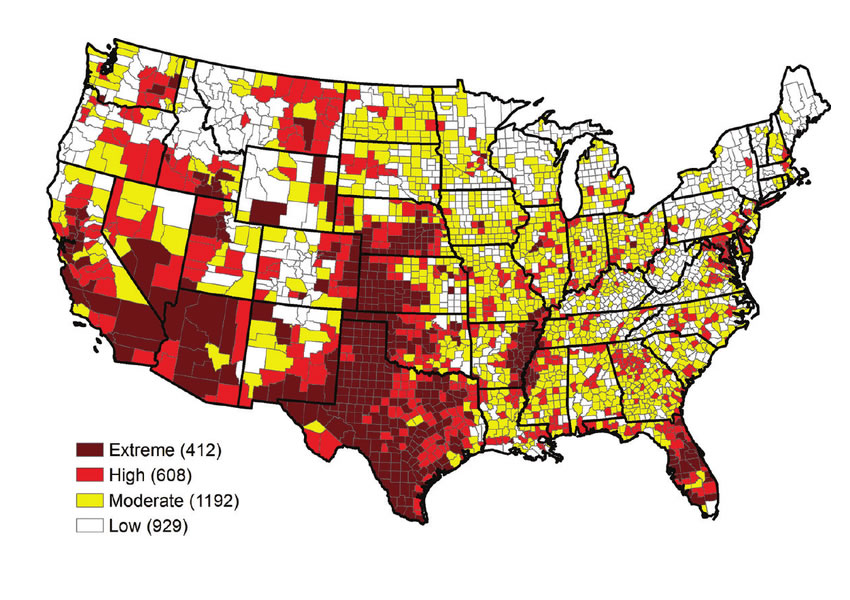Water Harvesting Related LEED Certification Requirements Critical To Civil Engineers

Published: Jan. 10 2024 | by Wahaso – LEED Certification Requirements
Water Harvesting Related LEED Certification Requirements Critical To Civil Engineers
When working on projects seeking LEED certification, civil engineers, tasked with designing and implementing water management systems, must be well-versed in all water harvesting-related certification requirements to ensure all milestones and standards are met prior to project design completion and review.
Water scarcity concerns in the context of mitigating environmental impact, have propelled the integration of water harvesting systems into modern construction methodologies, making them more and more common. LEED certification, developed by the U.S. Green Building Council (USGBC), emphasizes sustainable water management practices as a core criterion for evaluating a building’s environmental performance.
Civil Engineers Navigating the LEED Certification
Civil engineers navigating the LEED certification process must comprehend and address specific criteria related to water harvesting, beginning with the design and implementation of water harvesting systems. This includes capturing rainwater, stormwater, greywater, and other on-site water sources for non-potable reuse applications such as irrigation, toilet flushing, cooling systems, and etc. Meeting the LEED prerequisites demands that civil engineers and their MEP counterparts, develop a system design which optimizes water conservation without compromising building and site efficiency nor complicating project infrastructure.
LEED delineates several prerequisites and credits
LEED delineates several prerequisites and credits specifically focusing on water management, including Outdoor Water Use Reduction and Indoor Water Use Reduction. These mandate the implementation of water-efficient landscaping strategies and systems, while contributing significantly to water conservation efforts within the built environment.
Moreover, LEED credits such as Water Efficient Landscaping, Innovative Wastewater Technologies, and Water Use Reduction acknowledge and incentivize the incorporation of advanced water harvesting systems.
In conjunction with their MEP Engineer and Landscape Architect counterparts, Civil Engineers must calculate and document the projected water savings achieved through water harvesting implementation.
View the LEED credits scorecard here: https://www.usgbc.org/leed-tools/scorecard
A comprehensive understanding of water quality considerations
A comprehensive understanding of water quality considerations is also a critical part of this process. Implementing water harvesting requires adherence to Municipal water quality standards to ensure harvested water, once treated, remains safe for intended reuse categories. LEED underscores the importance of water quality management, requiring MEP engineers to integrate appropriate filtration and sterilization approaches into a proposed system.

LEED prerequisites, demands and civil engineers
Upon design completion, the Civil Engineer’s work is mostly complete, however, the team may be called upon to provide feedback by the third-party POE (Post Occupancy Evaluation) firm hired to monitor water harvesting system performance to ensure it achieves LEED related standards. The project may even become a model for the Civil Engineering firm to pursue or recommend to clients as water harvesting becomes increasingly more common for projects.
Wahaso Water Harvesting Solutions work with Civil Engineers. Please call us at 800-580-5350 or click the link for a free quote. Free Estimate.
Since 2004
Wahaso Mission
Our mission at Wahaso is to help municipalities and commercial property owners reduce the impact of their buildings on the environment through innovative and sustainable water practices.



